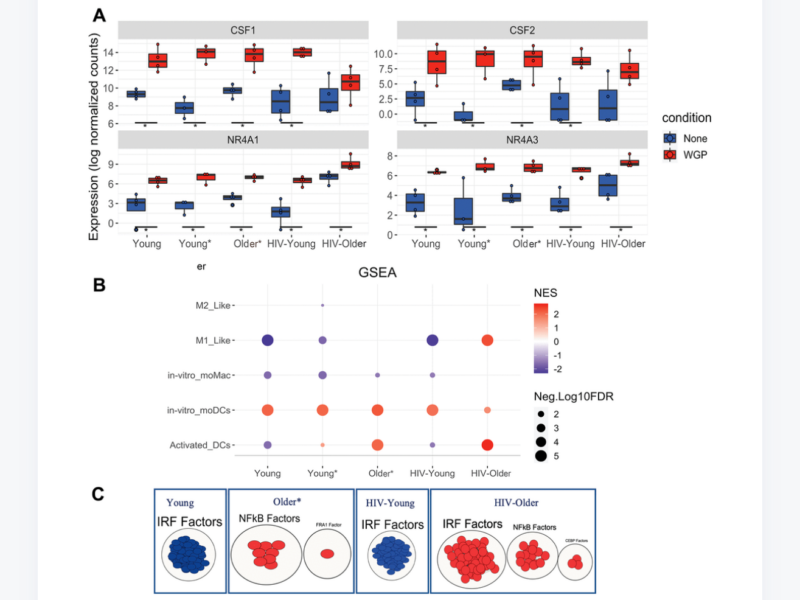PRESS RELEASE: A new research paper was published on the cover of Aging’s Volume 15, Issue 16, entitled, “Dectin-1 stimulation promotes a distinct inflammatory signature in the setting of HIV-infection and aging.”
Aging (Aging-US) Authors

PRESS RELEASE: A new editorial paper was published in Aging’s Volume 15, Issue 15, entitled, “Epigenetic aging in oocytes.”
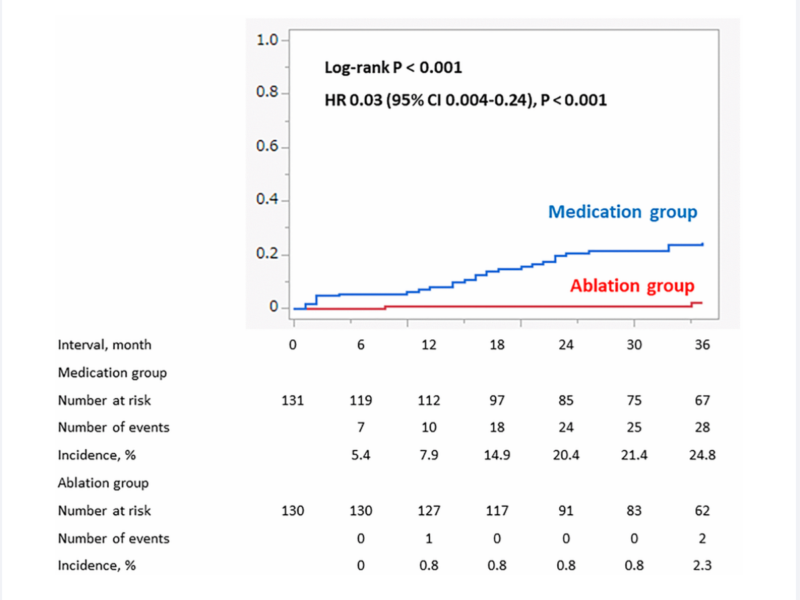
PRESS RELEASE: A new research paper was published in Aging’s Volume 15, Issue 15, entitled, “Cardiovascular events and death after catheter ablation in very old patients with nonvalvular atrial fibrillation.”
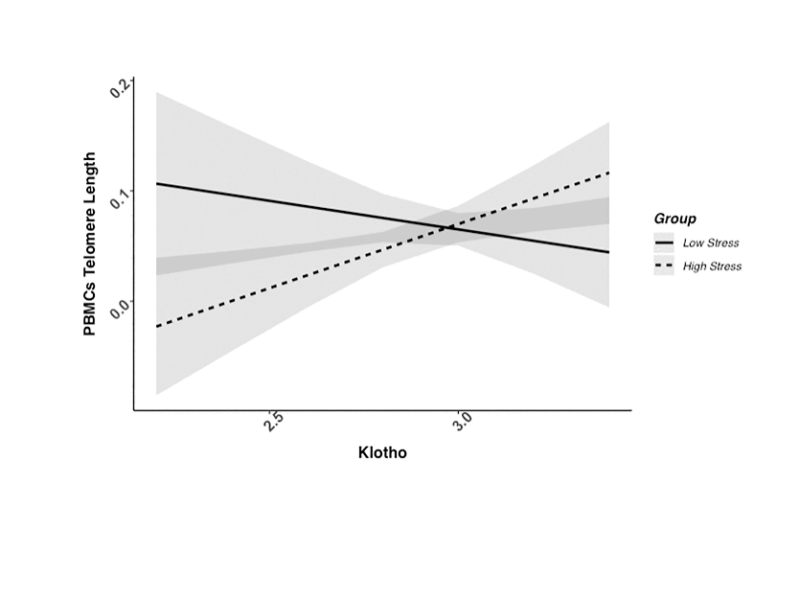
PRESS RELEASE: A new research paper was published by Aging in Volume 15, Issue 15, entitled, “Associations between klotho and telomere biology in high stress caregivers.”
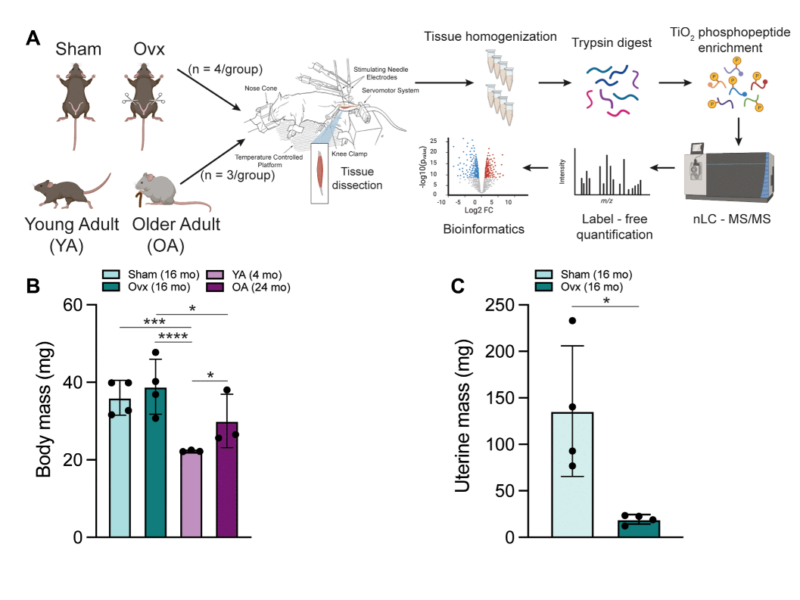
PRESS RELEASE: A new research paper was published on the cover of Aging’s Volume 15, Issue 15, entitled, “Natural aging and ovariectomy induces parallel phosphoproteomic alterations in skeletal muscle of female mice.”
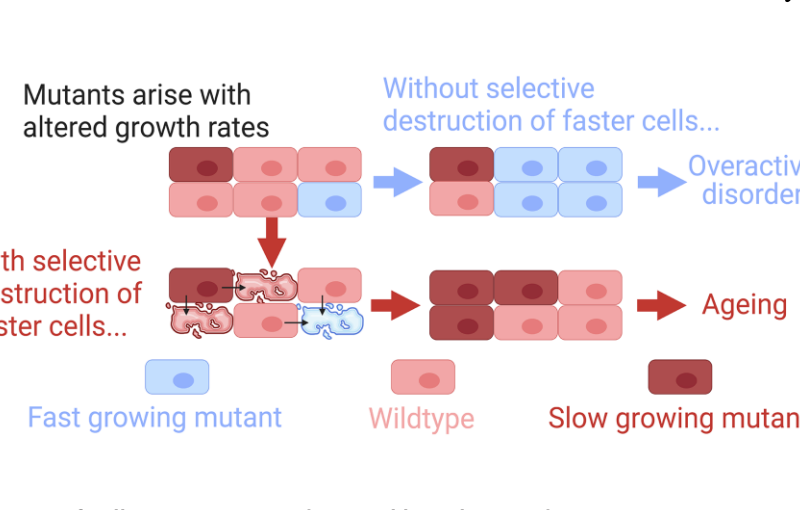
PRESS RELEASE: A new editorial paper was published in Aging’s Volume 15, Issue 14, entitled, “A novel theory of ageing independent of damage accumulation.”
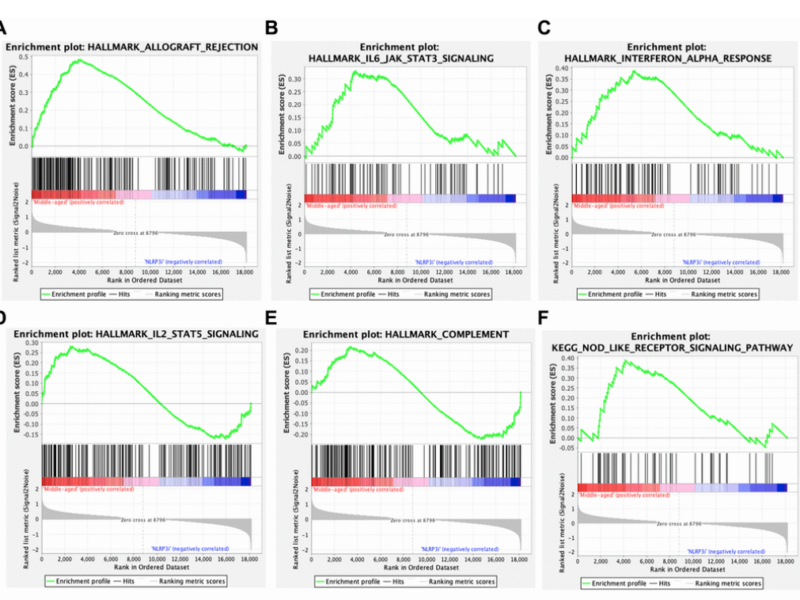
PRESS RELEASE: A new research paper was published in Aging’s Volume 15, Issue 14, entitled, “Inhibiting NLRP3 signaling in aging podocytes improves their life- and health-span.”

PRESS RELEASE: A new research perspective was published in Aging’s Volume 15, Issue 14, entitled, “Towards disease-oriented dosing of rapamycin for longevity: does aging exist or only age-related diseases?”
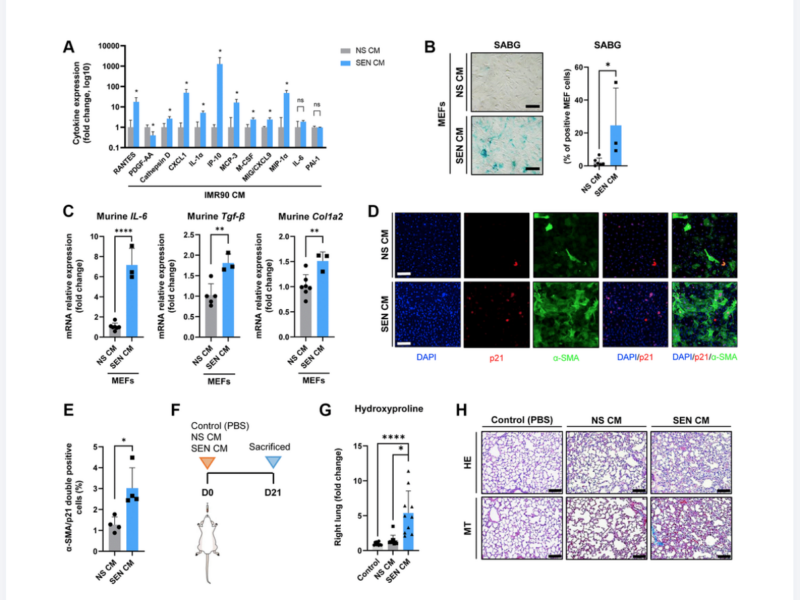
PRESS RELEASE: A new research paper was published on the cover of Aging’s Volume 15, Issue 14, entitled, “Human senescent fibroblasts trigger progressive lung fibrosis in mice.”
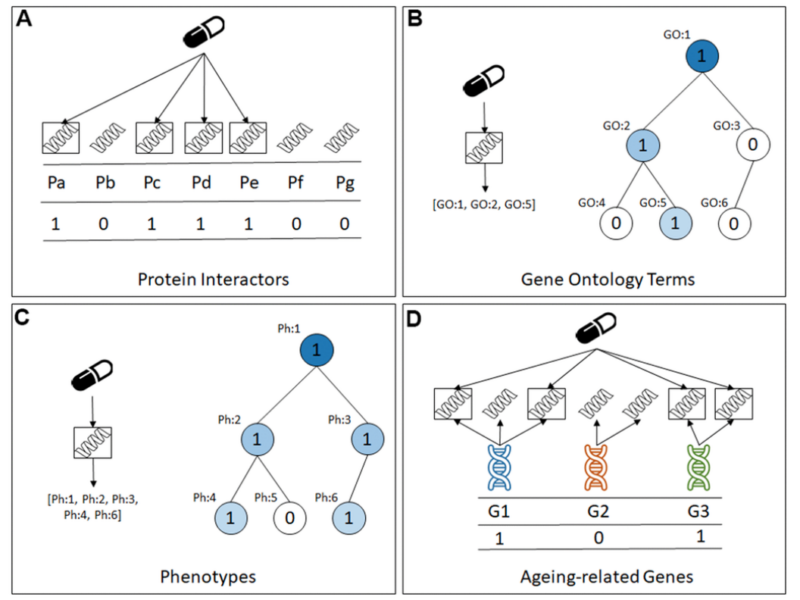
PRESS RELEASE: A new research paper was published in Aging’s Volume 15, Issue 13, entitled, “Predicting lifespan-extending chemical compounds for C. elegans with machine learning and biologically interpretable features.”
